[Ferro-Alloys.com] Element 25: June 2025 Quarterly Report
Butcherbird Manganese Ore Operations – Western Australia
•Northern Australia Infrastructure Facility (NAIF) approves project financing of up to AU$50 million in senior debt for Element 25’s Butcherbird Manganese Expansion Project (BBX / Project).
•Financing based on updated BBX Feasibility Study (FS) released in January 2025 which assumes a 1.1Mtpa manganese ore operation over an 18.3 year mine life..
•Butcherbird manganese concentrate to be sold to customer(s) in the steel sector and supplied as the primary feedstock for the Company’s planned battery grade, High Purity Manganese Sulphate Monohydrate (HPMSM) processing facility in Louisiana, USA.
•Manganese concentrate not required for HPMSM conversion will be sold to customers in the manganese alloy and steel industries.
•Under the current project financing strategy for BBX, NAIF will act as the sole senior secured lender to the Project with the balance of required funds to be sourced from alternative financiers including offtake prepayment, subordinated debt and royalty financing as potential mechanisms.
•Finalisation of formal documentation for the funding package is scheduled for completion in line with the BBX project plan.
Battery Grade High Purity Manganese (HPMSM)
•Element 25 working to finalise project financing solution for the planned Louisiana HPMSM refinery.
•Current financing comprises US$166 million in grant funding from the US Department of Energy, US$85 million in senior debt from General Motors LLC and US$30 million from Stellantis N.V. as equity and offtake prepayment.
•National Patent Applications filed in multiple key jurisdictions to obtain global protection for its proprietary lithium-ion battery grade HPMSM processing technology.
•Preferred engineering partner identified to assist with the Pre-Feasibility Study for the planned Tokyo Bay HPMSM refinery, subject to finalising scope and budget.
BUTCHERBIRD MANGANESE PROJECT, WA
Element 25 Limited (E25, Element 25 or Company) (ASX: E25; OTCQX: ELMTF) secured a senior debt finance facility of up to AU$50 million from the Federal Government’s Northern Australia Infrastructure Facility (NAIF) towards its Butcherbird Manganese Expansion Project (Butcherbird, Project or BBX) in the Pilbara region of Western Australia.
NAIF is a Commonwealth Government financier providing concessional loans for the development of infrastructure projects in northern Australia and the Australian Indian Ocean Territories to deliver economic and social growth. NAIF commenced a strategic assessment and due diligence over the BBX in 2024.
NAIF will provide AU$42.5 million in senior debt and AU$7.5 million cost overrun facility to support Element 25’s plans to expand Butcherbird’s production capacity to 1.1 million tonnes per annum (Mtpa) of manganese oxide concentrate. Butcherbird’s expansion will enable it to supply manganese concentrate feedstock for Element 25’s planned battery grade, high purity manganese sulphate monohydrate (HPMSM) processing facility which it plans to build in Louisiana, USA, as well as securing concentrate sales to other customers.
The Company is in discussions with other potential financiers for the balance of the required project finance for BBX via a range of structures including offtake prepayment and royalty instruments.
|
LENDER |
AMOUNT (AUD) |
DESCRIPTION |
|
NAIF |
$42.5 million |
Senior Debt Facility |
|
NAIF |
$7.5 million |
Cost Overrun Facility |
|
Total |
$50 million |
Senior Debt and Cost Overrun Facility |
A Feasibility Study for Butcherbird expansion updated in January 2025 estimated a capital cost of AU$64.8 million with a pre-tax Net Present Value (NPV) of AU$561 million with a 96% pre-tax Internal Rate of Return (IRR), generating an average of AU$70.5 million per year cashflow over a mine life of more than 18 years.
NAIF’s support for BBX follows Element 25’s awarding of a Grant Agreement for US$166 million (AU$268M) from the U.S. Department of Energy (DoE) under the Battery Materials Processing Grant Program11 to support construction of its planned HPMSM facility in Louisiana, which will bring domestic production of a key critical battery raw material to the USA. Element 25 previously has secured US$115 million from its offtake partners General Motors LLC (GM) and Stellantis N.V. (Stellantis)12.
The NAIF financing facility is subject to customary legal due diligence and the execution of formal contracts typical for a facility of this type. The Company also has strong relationships with various equity providers. The details of the financing structure to support the NAIF facility will be reported as they are finalised.
The Company has also been actively working with key suppliers to support the project, including engineering contractors, mining and haulage contractors and representatives from the Pilbara Ports Authority with respect to mining and logistics support services. Key commercial contracts will be finalised in accordance with the Project plan. The BBX Project team is working to a detailed project execution plan and schedule which will deliver the project in 2026.
HPMSM REFINERY PROJECT – LOUISIANA, USA
Overview
The Company plans to produce HPMSM from manganese ore sourced from its Butcherbird Project, which will be shipped to the planned Louisiana site. Element 25 has developed an innovative, advanced processing flowsheet to convert Butcherbird manganese concentrate into HPMSM, a critical raw material for the manufacture of lithium-ion batteries. The proprietary flowsheet reduces energy consumption, virtually eliminates waste and delivers the lowest reported carbon intensity HPMSM globally.
In January 2025, Element 25 announced formal awarding and signing of a Grant Agreement for US$166 million (AU$268 million) in grant funding from the DoE under the MESC Battery Materials Processing Grant Program. This will support construction of Element 25’s proposed battery-grade HPMSM facility in Louisiana, USA, which plans to bring domestic production of a key critical battery raw material to the USA.
The grant award is in addition to the US$115 million already committed by offtake partners GM and Stellantis15.
The grant application was submitted under the DoE’s Battery Materials Processing Grant Program of the Office of Manufacturing and Energy Supply Chains, which is funded by the Bipartisan Infrastructure Law. The program is designed to provide grants for battery materials processing to ensure that the United States has a viable battery materials processing industry. The grant forms a key component of Element 25’s financing strategy, and its execution team will now work to finalise the project schedule, subject to grant finalisation.
Recent industry developments include a potential industry shift towards Lithium Manganese Rich (LMR) battery chemistry, rather than a high nickel formulation, with Element 25’s offtake partner GM one of the first automakers looking to adopt this technology, after spending more than a decade on research. While high nickel battery cells typically use about 5-10% manganese, LMR battery cells use around to 50-70% manganese increasing the required manganese by a factor of around 10.
Element 25’s process offers a pathway to the delivery of expanding volumes of ethically sourced, traceable, transparent HPMSM supply to US markets. Element 25 plans to produce up to 135Kt per annum of HPMSM for US electric vehicle (EV) supply chains in a first-of-its-kind processing facility in Louisiana.
Intellectual Property (IP) Protection
Element 25 Limited is pleased to advise it has lodged National Patent Applications in multiple key jurisdictions to obtain global protection for its proprietary lithium-ion battery grade HPMSM processing technology.
The two patent applications relate to innovative hydrometallurgical processes developed in-house that significantly enhance the product quality, efficiency, sustainability, and commercial value of HPMSM recovery operations:
•Patent 1: Leach and primary purification - the first key step in the Company’s technology is a low carbon, low energy leach and purification method which reduces reagent consumption and, importantly, generates a saleable by-product, negating the generation of waste material which is a key issue for incumbent technologies in China.
•Patent 2: Selective extraction of manganese from acidic leach solution to generate a high purity manganese sulphate product, without the use of conventional (toxic) fluoride reagents, making it safer and more cost effective. The process allows for the generation of a very high purity product whilst generating a saleable by-product stream, with zero waste generation.
The Company has filed national patent applications in 17 strategic jurisdictions, including Australia, the United States, Mexico, Canada, China, Japan, and European markets. As patents are only granted by each country’s relevant national patent office, the individual National Phase filings are a key requirement in the process to have a patent granted internationally.
These filings follow initial provisional patents lodged in November 202319, under the International Patent Cooperation Treaty (PCT) and represent the next step in securing global protection for the Company’s intellectual property.
The patent applications reflect the Company’s ongoing commitment to innovation in the mining and minerals sector. By protecting these technologies, Element 25 is positioned to:
•Enhance its commercial offering to project partners and customers;
•License the technology across multiple regions and commodities; and
•Support long-term value creation through IP-driven competitive advantage.
Using manganese ore sourced from Butcherbird, Element 25 plans to leverage this innovative, advanced processing flowsheet to convert Butcherbird manganese concentrate into HPMSM, a critical raw material for the manufacture of lithium-ion batteries, with its initial facility planned for Louisiana, USA. The proprietary flowsheet reduces energy consumption, virtually eliminates waste and delivers the lowest reported carbon intensity HPMSM globally20.The Company will provide further updates as the patent applications progress through national IP offices.
ABOUT HPMSM & BATTERY TECHNOLOGY
High Purity Manganese Sulphate Monohydrate (HPMSM) (MnSO?·H?O) with a very high manganese content and low levels of impurities is used as a critical component in the production of cathode materials for lithium-ion batteries, especially including Nickel-Manganese-Cobalt (NMC), Lithium-Manganese-Iron-Phosphate (LMFP) batteries, an emerging alternative to Lithium-Iron-Phosphate (LFP).
More recently global automakers, in seeking to solve complex supply chain challenges associated with nickel and cobalt supply, have made a shift to higher manganese chemistries such as Lithium Manganese Rich (LMR) which are expected to enter commercial production from 2028.
With a typical high nickel battery cell, the chemical composition is roughly 85% nickel, 10% manganese and 5% cobalt. The composition of LMR cells is much different – around 35% nickel, 65% manganese, and virtually no cobalt.
This new technology will therefore significantly increase HPMSM demand and result in lower cost, higher performing batteries and use 5-10X base case manganese when compared to high nickel batteries currently favoured by western automakers.
General Motors LLC (GM) , one of Element 25’s project partners in the planned Louisiana HPMSM refinery is leading the way with their plans to be first to market with LMR batteries in production vehicles from 2028. GM estimates that their new LMR cells will get 33% more energy density at a comparable cost than LFP, or lithium iron phosphate, another popular lower-cost EV battery chemistry.
Manganese is more abundant and less expensive than both nickel and cobalt, which makes it an attractive material for reducing overall battery costs—critical for EV adoption at a global level.
HPMSM supports the current battery chemistries and is an enabler for the next generation of battery chemistries, with LMFP and NMC are aiming for longer range, better safety and lower cost. This makes HPMSM a strategic material for battery technology and innovation.
- [Editor:tianyawei]



 Save
Save Print
Print Daily News
Daily News Research
Research Magazine
Magazine Company Database
Company Database Customized Database
Customized Database Conferences
Conferences Advertisement
Advertisement Trade
Trade









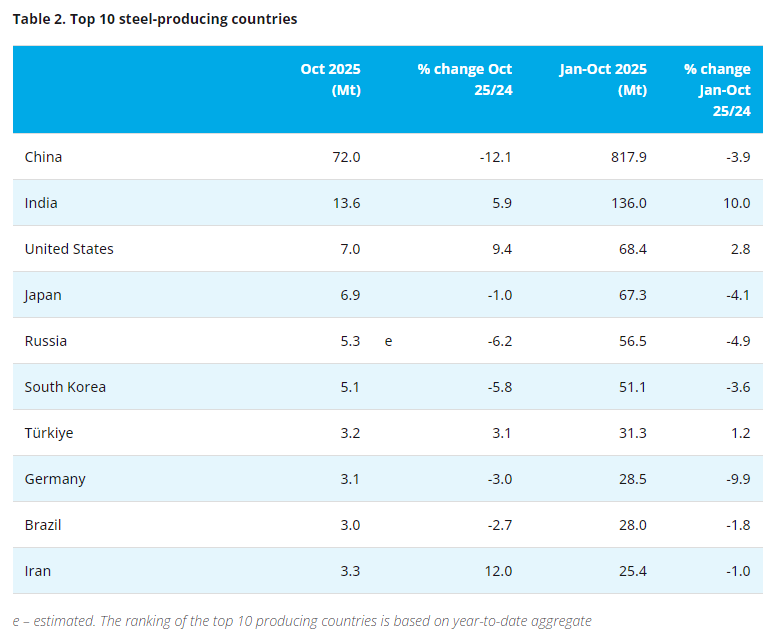
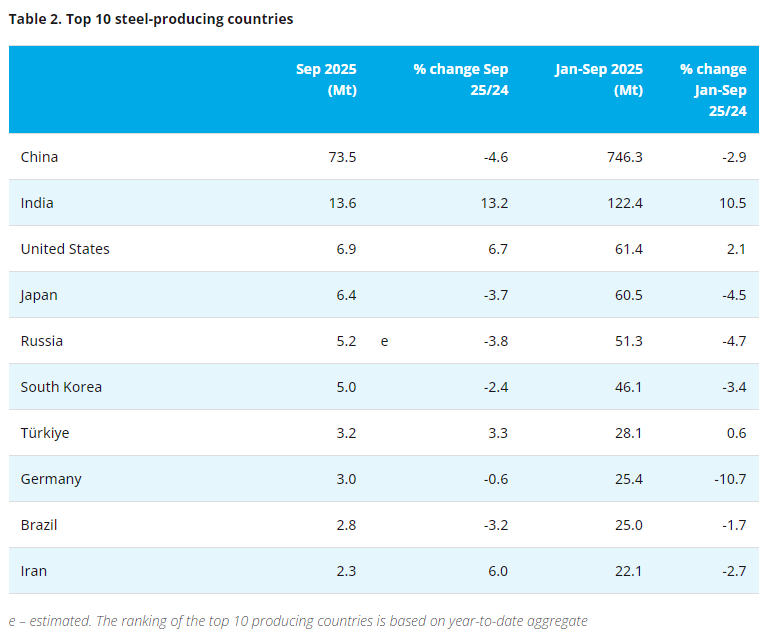
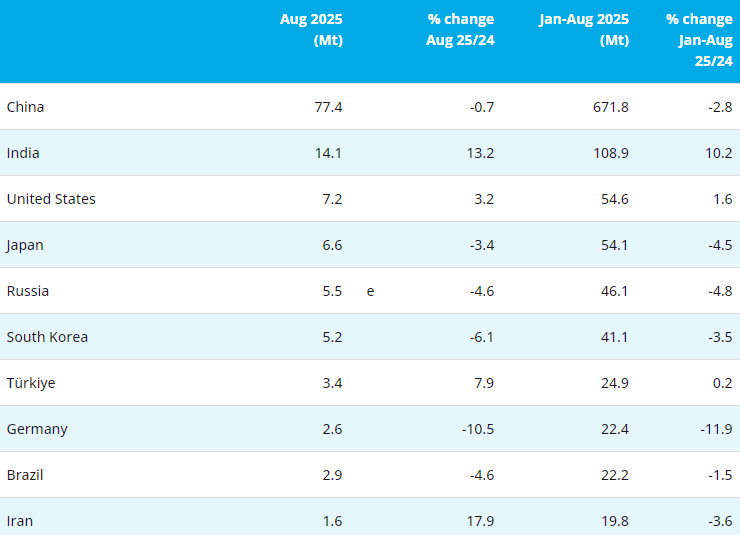

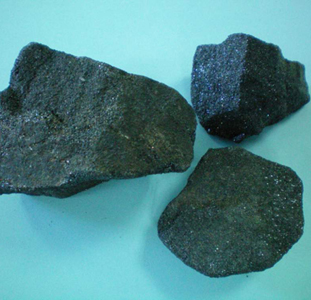
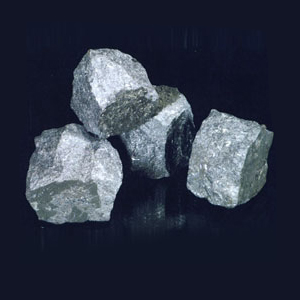


Tell Us What You Think